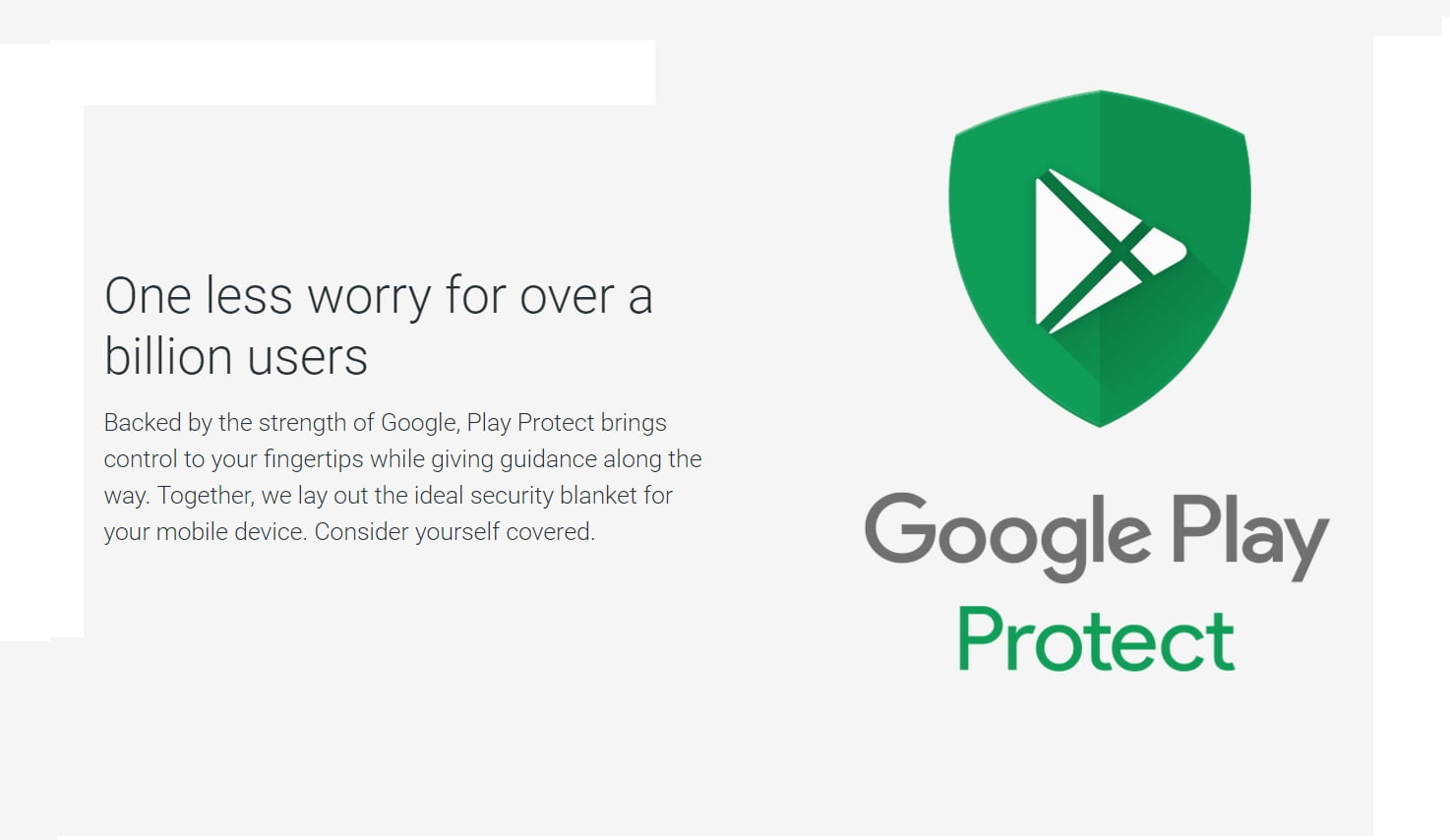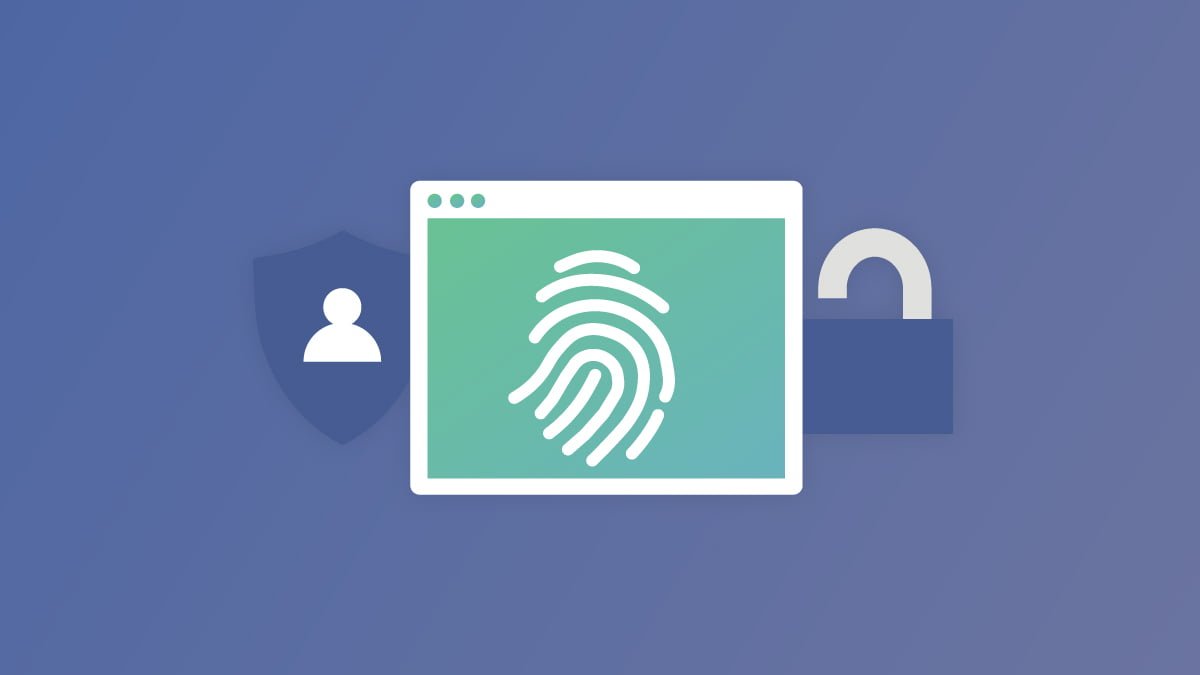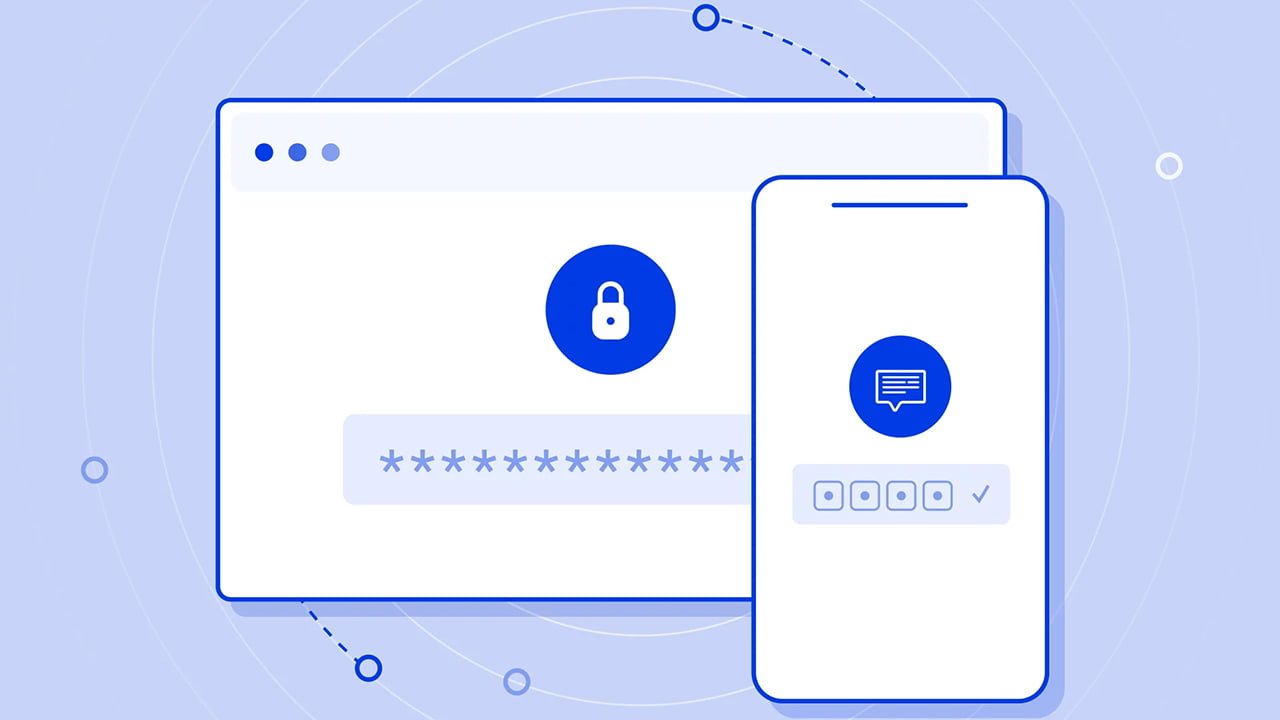We live in a digital age where the security of our personal data has never been more vulnerable. And the most crucial aspect is that our smartphones contain a digital copy of ourselves. Now, there’s no denying that Android is the world’s most popular mobile OS. So it’s a pretty important question how good Android security features are.
That is, can the security features of Android keep your data safe? Or should you be more vigilant than usual to make sure your personal details do not get into the wrong hands? Well, to better understand, you need to know what security features the OS comes with. So, let’s get into explaining!
Google Play Protect – The Core Security Feature of Android
Google Play Protect plays a crucial role in keeping Android devices secure. This security feature works in the background to keep your apps, data, and device safe. It does automatic scans and looks for harmful apps.

When found, it gives you a warning and asks you to take proper steps. Besides scanning your device, Google Play Protect also verifies apps before the download. This proactive security feature prevents any threats from getting into your device.
Regular Security Updates – Essential Android Security Feature
Google is pretty serious about keeping your Android device safe. That’s why it releases regular security updates. In fact, Google is very dedicated to releasing monthly security updates for Android. These updates included fixes to any recently discovered security vulnerabilities.

But, even though Google releases the updates, you might not receive them right away. It’s important to note that phone manufacturers are responsible for delivering these updates. But to amp up Android’s security features, Google made some advancements. It now works closely with the manufacturers. So, Google can now ensure that they provide important updates to most devices.
Sandbox Isolation of Android – Another Crucial Security Feature of Android
The concept of sandboxing is often overlooked. But it is a very crucial security feature of Android. At the core, sandboxing isolates the apps from each other, which restricts interactions. In other words, it prevents the apps from getting data they are not permitted to use.

The Google Play Store runs its own sandbox. It separates a downloaded from the other apps that are on the Android. This Android security feature ensures one crucial thing. That is, the potential damage is limited if you end up downloading a malicious app.
Biometric Security Features of Android
The biometric scanners offer an extra layer of security on Android phones. These security features include facial recognition and fingerprint scanners. They allow the users to unlock the device, sign into apps, and authenticate payments.

But what about your biometric data? Well, the Android security mechanism stores this data on the device. And it relies on strong encryption to protect this data from being tampered around. Also, there’s Android’s BiometricPrompt API, which provides a system-wide standard for biometric authentication.
That API ensures that apps using the biometric security feature offer a consistent experience. Thus, the sign-in and authentication mechanisms of each of the biometric-protected apps are the same.
Android Secure Boot and Encryption
Secure boot is another crucial Android security feature. It ensures your device is not tampered with. When the device boots up, the secure boot performs a series of tests. It checks to verify the integrity of the Android operating system. If there is something abnormal, the device will not boot. As a result, your data stays safe.

Android security features also include encryption. That protects your data even when the device goes into the wrong hands. To get through encrypted data, Android demands the correct decryption key. So, when you have your data encrypted, you will not need to worry much, even when the phone gets stolen.
Open-Source Security Advantage of Android
In case you didn’t know, Android is an open-source operating system. This open-source nature gives the OS a security advantage. Wondering how? Well, anyone can go through the source code of Android. You also can see whether there is anything wrong with the operating system.

And that’s what developers from different parts of the world do on a regular basis. Thanks to that, any security flaw within a new operating system version gets identified fast. That ensures a quick fix through security updates.
But, this open-source nature of Android can also act like a double-edged sword. As anyone can go through the source code, it’s easy to find vulnerabilities. Likewise, it’s easy to fill up the OS with malware, which can even pass the security features of Android. For that reason, it’s quite crucial to keep your device updated.
Two-Factor Authentication
Also known as 2FA, Two-factor authentication is a crucial Android security feature. It allows you to use a second form of identification besides the regular password. Through that, 2FA can reduce the risk of someone getting access to your accounts.

In the context of Android, Google facilitates Two-factor authentication through prompts. They are sent to the Google Authenticator app or your mobile device. So, when you try to log into the Google account from a new device, you will need to provide both the 2FA code or the prompt of your phone and the regular password.
Google has recently made passkeys available for Android devices. Like 2FA, it adds a layer of security to your Google accounts. But this security feature is much faster and safer than 2FA.
(Source)
Meet Abid Ahsan, the trusted luminary behind BitsFromByte. With a degree in Computer Science and over a decade of experience, Abid’s authoritative expertise shines through his in-depth guides, meticulous reviews, and timely news coverage on software, operating systems, consumer tech products, phones, PCs, and laptops. His dedication to accuracy, transparency, and unbiased reporting makes it easy for our readers to stay informed in this rapidly evolving tech landscape.
